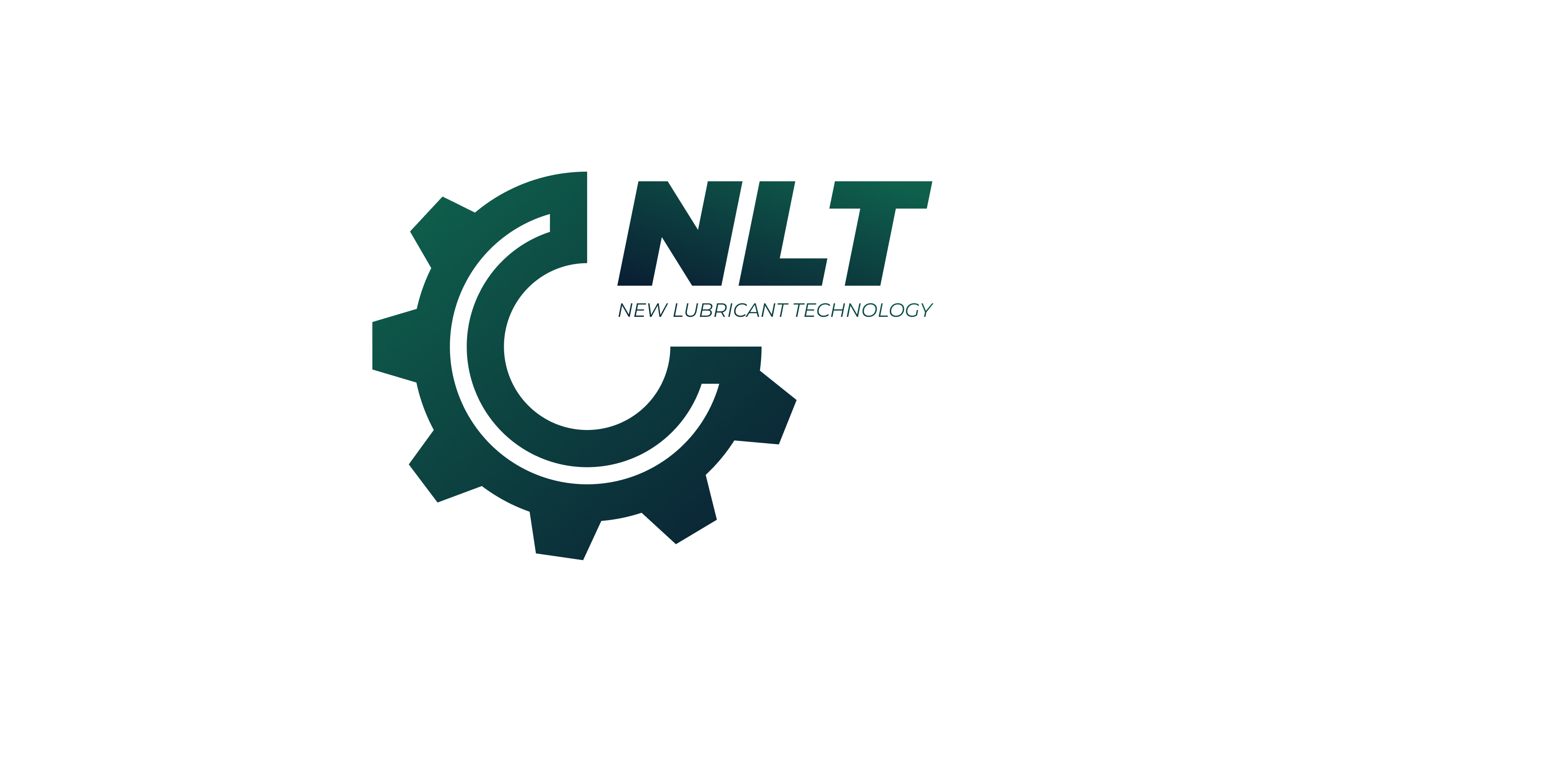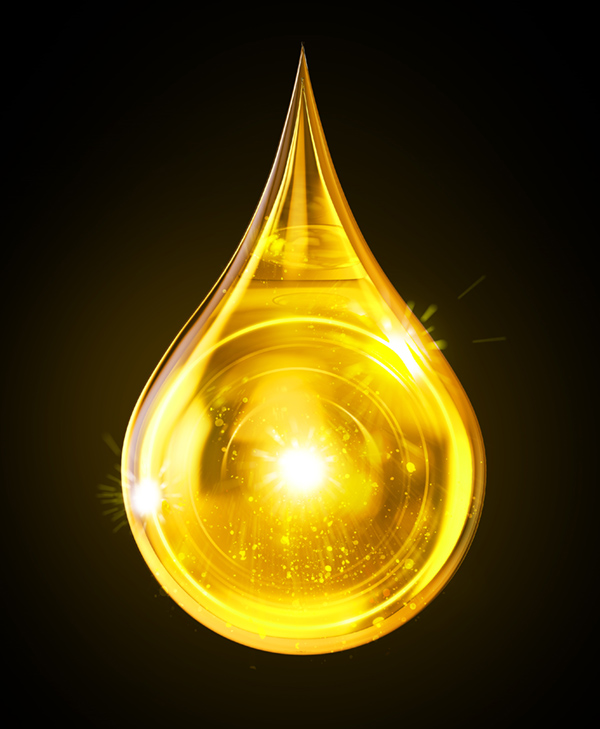THE ENVIRONMENTAL IMPACT OF SHIPPING AND HIGH SULFUR FUELS
Most commercial shipping has historically run on Heavy Fuel Oil (HFO), a heavy distillate/residue obtained after almost everything else has been distilled out of crude oil. Marine Residual Oil contains sulfur which derives from the original crude oil source and is usually still present after refining. Sulfur adds lubricity for fuel system components, reducing friction and preventing congestion in injectors & fuel pumps. However, this benefit comes at a high price as sulfur is not only corrosive to the engine, but is harmful to the environment.
Air pollution from ships is primarily generated by diesel engines that burn high sulfur content fuel oil, also known as bunker oil, producing sulfur dioxide (SOX), nitrogen oxide (NOX) and particulates, in addition to carbon monoxide (CO), carbon dioxide (CO2), and hydrocarbons (HC). Of total global air emissions, shipping accounts for 18 to 30 percent of the nitrogen oxide and 9 percent of the sulfur oxides. Historically, the fuel used in shipping is high in sulfur, but cheaper to buy compared to the more highly refined diesel fuels used for domestic land use. A ship lets out around 50 times more sulfur than a truck per metric tonne of cargo carried.
IMO 2020 REDUCED SULFUR REGULATIONS AND CONSEQUENCES
In 2016, in response to heightening environmental concerns, the IMO imposed new sulfur regulations, which had to be implemented by January 2020. The IMO has enforced a new 0.5% global sulfur cap on all fuel content, lowering from the previous 3.5% limit. The answer has been to move to very low sulfur fuel oils (VLSFO). Although actual content of these fuels can vary, they must conform to a maximum of 0.5% sulfur.
Although the presence of sulfur in fuels creates sulfuric acids during combustion, that lead to corrosive wear within the engine, that same sulfur has also been long known to be a protective lubricant for heavy duty engines. Sulfur rich fuels have lubricating properties that substantially reduce wear and tear on the engine surfaces, especially on bore and cylinder liner surfaces. Low-sulfur fuels will on the other hand have the opposite effect, meaning increased wear and tear, bore polishing and scuffing and cylinder liner wear.
Liner wear causes malformation in the liner and, once that exceeds certain limits, the rotation of piston rings in the groove is restricted and the ring may not wear evenly, leading to thinning of the piston ring which will break off prematurely. Scuffing on the cylinder liner leads to heavily scoring with scuffed material will be sticking out. When the piston ring comes into contact with scuffed portions of the cylinder liner, the piston ring wears out rapidly, metallic particles dislodged from scuffed liner surface will penetrate in piston ring grooves and adhere between a piston ring and piston ring grooves. This will wear off the piston ring grooves prematurely accelerating the piston ring breakage.
In addition, with low sulfur there is the greater chance of microbes in the fuel. Sulfur was always a natural inhibitor of microbial growth, and the old high-sulfur diesel fuels contained enough sulfur so that all you had to do to prevent microbes was keep water accumulation under control. The new very low sulfur fuels have changed all that, and diesel users with stored VLSFO onshore and on the vessela need to be a lot more vigilant in making sure they don’t let microbial growth in their fuel tanks get out of control.
REDUCE EMISSIONS, PROTECT CYLINDER LININGS, MAXIMISE ENGINE LUBRICITY
MotorSilk® Engine Treatment (MSET) with Boron-CLS-Bond® significantly improves and protects engines. When added to engine oil sumps, the Boron-based components in MotorSilk® Engine Treatment begin forming a near-permanent micro layer of extremely low friction crystal lattice molecular structures that become part of the metallic surfaces in the engine, sealing micro-pitting and micro-cracks, protecting cylinder linings and bores, cleaning intake valve deposits, injectors and combustion chamber deposits.
Once established on the metal surfaces, Boron-CLS-Bond® outperforms all other fluid or fluid-dispersed extreme-pressure or friction-reduction additives. When Boron-CLS-Bond® chemically bonds with the metal, the resultant boundary layer virtually eliminates metal-to-metal contact. The boric acid platelets reduce friction by 80-90 percent and wear by 90 percent.
MotorSilk® Diesel Additive (MSDA) is a specially formulated additive for low sulfur diesel fuels. When added to your VLSFO, the Boron-based components in MotorSilk® Diesel Additive form the same micro layers in your diesel fuel tanks, lines and injectors. This process improves the quality of the fuel and fuel environment, killing microbial contamination, preventing oxidation and corrosion. MotorSilk® Diesel Additive increases the cetane level, power and engine efficiency, and reduces fuel consumption.
In addition to improved engine efficiency and longevity, MotorSilk® scores environmental points. It lowers Green House Gas [GHG] and particulate matter emissions, is biodegradable, and is the only engine and fuel additive that is ISO 14064-2 process compliant, validated and verified by the Canadian Standards Association (CSA) for reduction of GHG emissions by means of reducing the amount of fuel burned.
Benefits
- Protects cylinder linings, piston rings and bores
- Cetane number in low sulfur diesel improves by 8 to 10
- Removes varnish and fouling on injectors
- Enhances lubricity of low sulfur fuels
- Reduces starting time
- Reduces injector pump wear
- Lower Green House Gas [GHG] and particulate matter emissions
- Only additive that is ISO 14064 process compliant for reduction of [GHG] emissions
- Biodegradable







